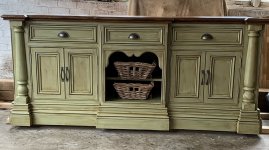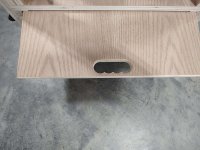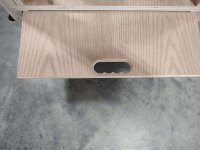luvmytoolz
Member
As you may guess from my username I absolutely love using and owning tools of all kinds. Growing up in a very poor family we learnt to do everything ourselves, so my interests span everything from ceramics and electronics to metalworking, woodworking and more. Consequently given the opportunity I have built up a collection of tools and items relevant to each hobby that some may consider excessive.
The last big item I bought was a 10" stroke metal shaper made by Lock and Co in Australia, something I absolutely do not need, or even have the room for, but have desperately wanted for many years!
I love using tools, I love looking at them, I love collecting them, I love repairing them, I just love tools!
I also tend to buy matching consumables in large quantities as I hate being caught short handed for materials. I'm still using stickfix sandpaper for my RO1E Rotex I bought 40 years ago!
And like Kevins other half, and Max, the wife and I also are avid readers and book collectors so totally I get his partner wanting a massive book collection! I'll put some pics up later of some of my books. I love mythology and historical books mainly, with a book on Greek myths from 1737 being the oldest one I own.
The last big item I bought was a 10" stroke metal shaper made by Lock and Co in Australia, something I absolutely do not need, or even have the room for, but have desperately wanted for many years!
I love using tools, I love looking at them, I love collecting them, I love repairing them, I just love tools!
I also tend to buy matching consumables in large quantities as I hate being caught short handed for materials. I'm still using stickfix sandpaper for my RO1E Rotex I bought 40 years ago!
And like Kevins other half, and Max, the wife and I also are avid readers and book collectors so totally I get his partner wanting a massive book collection! I'll put some pics up later of some of my books. I love mythology and historical books mainly, with a book on Greek myths from 1737 being the oldest one I own.




